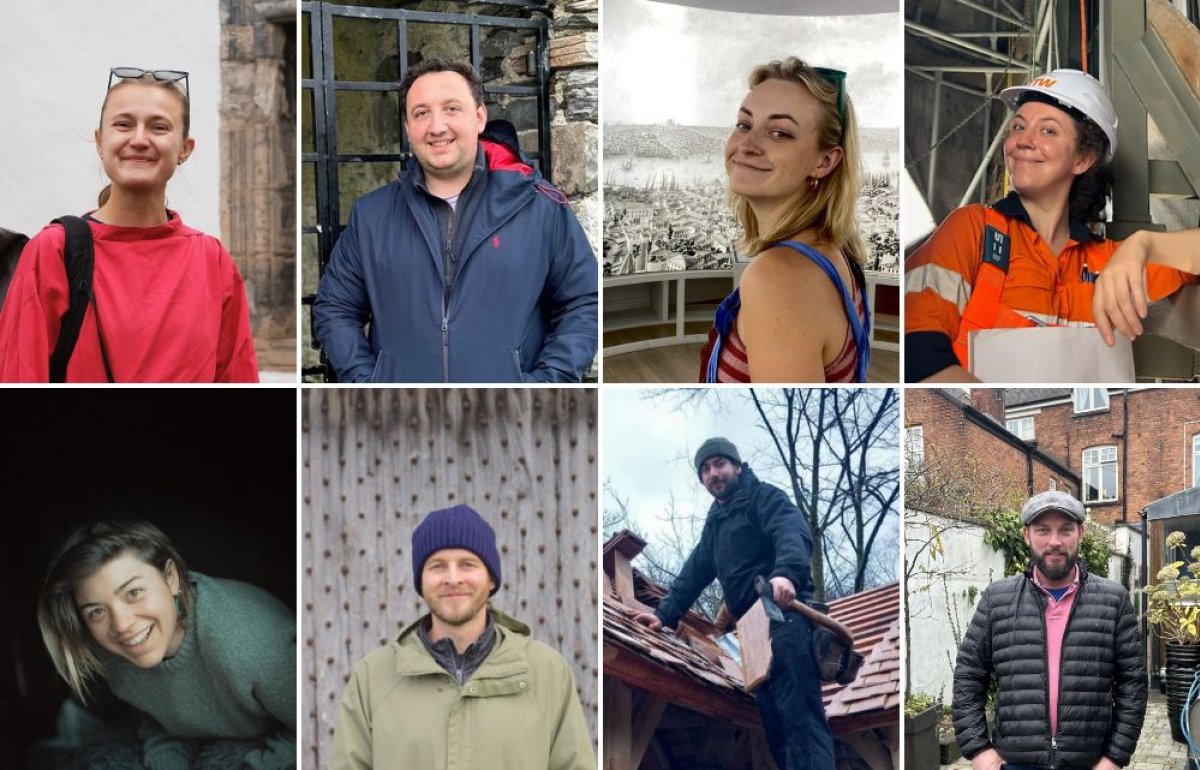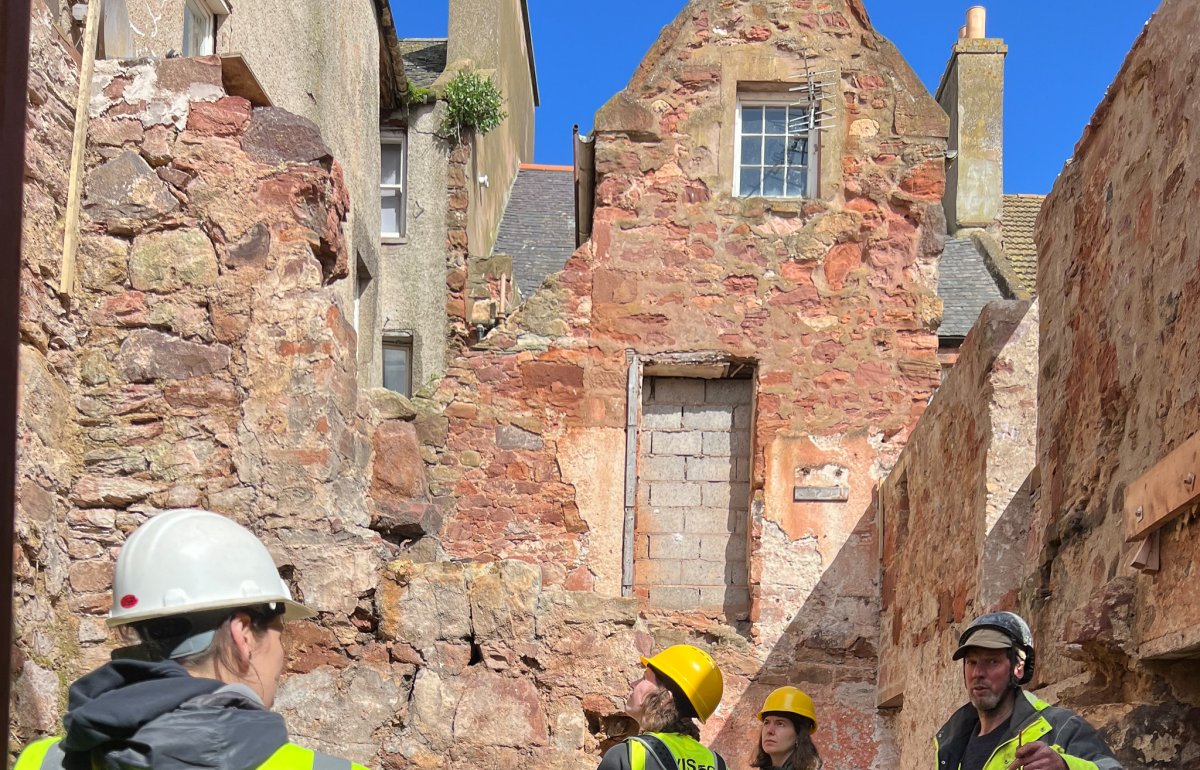SPAB Scholars: All roads lead to Rome
Share on:
Architect Scholar, Pam Dziwulska, writes about her time exploring conservation in Italy.
As we entered the second half of the SPAB Scholarship we were sent to Rome to 35 degree temperatures and the glorious architecture of the Roman Empire. We joined students from the Universita di Roma Tre at the Archeologico Del Colosseo and were hosted by the project manager and archaeologist, Giulia Facchin. Each year archaeology students are brought together to work intensively on the site for 3 months over the summer to gain hands-on work experience on an archaeological dig. The process is done by stratigraphy, which sees layers of earth removed one at a time, each layer relative to a time period, and each layer undergoing topographical surveying, digging, sifting for artefacts and recording of the activities and items identified throughout that process. All this information is then added to the greater database of information gathered on the area.


Left to right: Marble floors found at the Forum of Peace, stone and Roman brick wall
Philosophically, the Italians believe that each layer is as important as the other, which is why such vigorous recording of each layer takes place. Through this process, archaeologists are able to determine when natural disasters such as fires, floods and earthquakes have occurred; functional and social uses of the site; and changes made to the built environment over time. Architectural elements in particular will be recorded but remain in place allowing professionals and the general public alike to enjoy the development of historic sites, usually assisted with interpretation panels.
The Forum of Peace (also known as the Temple of Peace) dates back to the 1st Century AD, only a few hundred metres west from the Colosseum and built at the same time. Beautiful marble floors were found as part of an interior hall, but their uncovering exposed them to conditions they hadn’t experienced in hundreds of years, causing them to crack and deform. The work of the conservators now is to carefully mend the cracks with lime-resin mixes. They will now remain permanently outdoors on display to the general public.
Venice
At the end of our trip we visited the conservation works to the Procuratie Vecchie Building in Piazza San Marco, Venice. The Gothic style building dating from 1580 was surveyed in 2007 and site works began in 2011. Our visit was during the third and final stage of works that included roof and façade repairs.


Left to right: Piazza San Marco in Venice, contractors cleaning the Procuratie Vecchie Building
The façade repairs and cleaning were a delicate affair. Close observations during the surveying phase highlighted an anomaly amongst the surface coatings. Testing of these coatings found layers of a particular black type of coating in several layers – an intentional protective layer, which could easily have been mistaken for regular pollution. These coatings were still actively protecting the stonework from weathering and lime-water staining, and needed to be differentiated from the black pollution during the cleaning process. The best method was to use diluted ammonia mix and soft brushes only. No cleaning that would lift, remove or jeopardise this black coating was allowed.


Left to right: String course and capital with historic black protective coating, ground level decorative archway key stones with historic black protective coating.
Attention to detail and significance of material are important aspects in any conservation project and though research may take time, the benefits gained of a greater understanding and knowledge of the past, whilst also reducing the amount of material loss where possible, is an ideal outcome. An understanding of those past decisions will help inform appropriate future decisions.
Find more information about the Scholarship and Fellowship programmes. The SPAB will be recruiting for 2019 in autumn 2018.
Sign up for our email newsletter
Get involved


